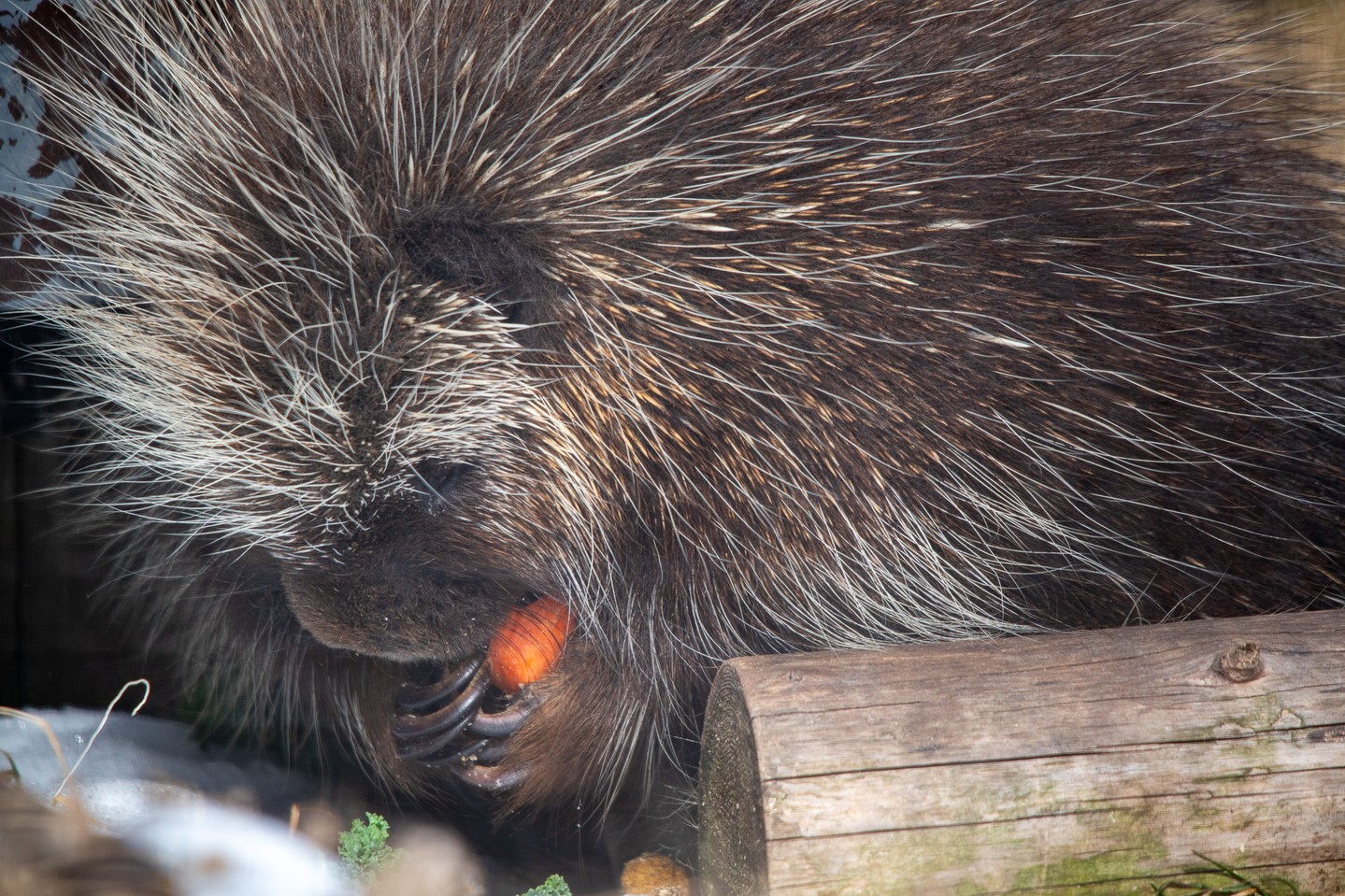- Importance of Zoo Visits for Wildlife Conservation and Education
- Understanding Zoo Management and Animal Care Practices
- The Role of Carrot Crunching in Animal Enrichment
- Seasonal Activities and Visitor Engagement at the Zoo
- Challenges and Responsibilities in Modern Zoology
Zoo visits play an essential role in wildlife conservation and education. As a nexus for learning, zoos provide a unique opportunity for people to engage with wildlife, fostering awareness and responsibility for the natural world. They serve as hubs for conservation efforts, contributing to the preservation of endangered species and the rehabilitation of wildlife habitats. Educating the public about biodiversity and the ecological importance of various species enhances our understanding of conservation needs.
Visitors to zoos gain firsthand insights into animal behavior and ecosystems. The opportunity to observe animals up close instills a sense of empathy and urgency towards environmental stewardship. Additionally, zoos contribute significant research data to scientific communities worldwide, aiding in the broader understanding of genetics, breeding programs, and species survival plans.
Effective zoo management is grounded in rigorous animal care practices. Zoos must prioritize the health and well-being of their inhabitants through comprehensive care strategies. This includes balanced nutrition, appropriate habitat simulations, and preventative health care. Zookeepers and veterinarians collaborate to monitor and enhance the animals’ physical and psychological welfare, employing the latest veterinary science and animal husbandry techniques.
The enrichment of animals’ daily lives is a crucial component of zoo management. Activities such as providing varied diets, like crunchy carrots, stimulate natural behaviors and prevent boredom. Carrots are not just nutritious; they are part of enrichment programs that engage animals mentally and physically. By encouraging natural behaviors, enrichment activities help maintain animal health and contribute to research on animal psychology and behavior.
Seasonal activities enhance visitor engagement and provide opportunities to learn about animal adaptations and seasonal behaviors. During certain times of the year, zoos can highlight species-specific behaviors and lifecycle events, such as migrations, breeding, and hibernation patterns. This engagement is vital for fostering a connection between visitors and wildlife, making conservation efforts relatable and personal.
Modern zoos face numerous challenges and responsibilities, from maintaining ethical standards to managing biodiversity. Conservation-related objectives must align with ethical concerns about animal welfare and visitor education. Zoos must constantly adapt to new scientific insights and public expectations. This requires innovative problem-solving and an ability to balance financial sustainability with conservation goals.
Creating an engaging and educational zoo experience involves ongoing management efforts and investment in both staff training and infrastructure. The public’s interest in conservation and biodiversity can be invigorated through interactive exhibits, educational programs, and community involvement initiatives. By investing in these areas, zoos continue to be pivotal in promoting ecological awareness and inspiring future generations.
Ultimately, visiting a zoo is more than just an outing—it is an opportunity to appreciate and understand the complexities of wildlife conservation. The sights and sounds of animals offer rich educational experiences that inspire visitors of all ages. The dedicated work of zoo staff, combined with the curiosity of visitors, creates a dynamic environment where conservation and education thrive.
*****
Source Description
We take our carrot crunching pretty seriously around here!
It is a glorious day in the and it is the perfect season to visit the Zoo! We are open from 10am – 4pm today, c’mon out!


